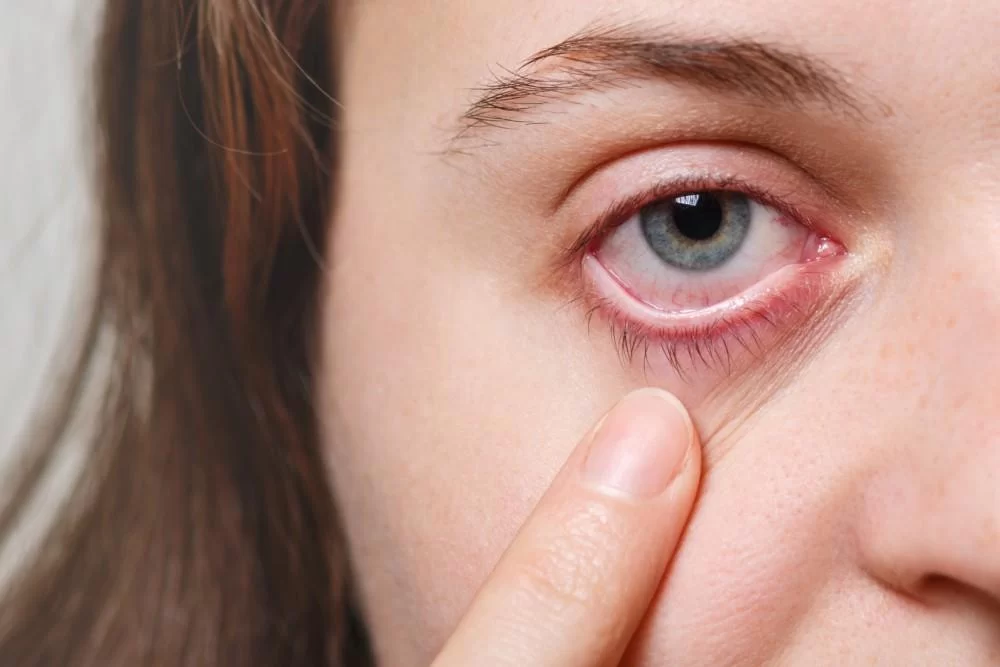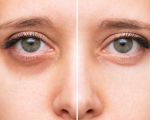
How to Spot the Serious Symptoms of an Eye Infection
As someone who has experienced the challenges of eye infections firsthand, I know how overwhelming it can be when something feels "off" with your eyes. Whether it’s a slight irritation, redness, or something more severe, it’s easy to dismiss symptoms, especially when they don’t seem too alarming at first. However, eye infections can quickly escalate into serious conditions that require professional care. In this article, I’ll take you through the signs and symptoms of serious eye infections, sharing my personal experiences and insights on when it’s time to get help.
What Causes Eye Infections?
Before diving into the symptoms, let’s understand what causes these infections. Eye infections are typically caused by bacteria, viruses, or fungi, but can also result from allergies or environmental factors. For me, the first encounter with an eye infection occurred after I had been exposed to an infected pool. Swimming in public spaces without knowing what might be lurking in the water can leave your eyes vulnerable. It’s not just water; even touching your eyes with unclean hands can introduce harmful pathogens.
Common Symptoms of Eye Infections
Eye infections can come in many different forms. In the beginning, the symptoms are often subtle, but over time, they can worsen if left untreated. Here are some of the most common signs:
- Redness: This is one of the first noticeable signs. The whites of the eyes may turn pink or red due to irritation or inflammation.
- Swelling: Around the eyes, eyelids, and even the surrounding facial area, you may notice swelling. In my case, it started with a slight puffiness under my eyelids, which quickly worsened.
- Discharge: A thick or watery discharge from the eyes is another red flag. It can be yellow, green, or clear. For me, this symptom was the hardest to ignore as it would constantly crust my eyelids, making it difficult to open my eyes in the morning.
- Pain: If you’re experiencing pain or discomfort, this could be a sign that the infection is progressing. It might be sharp or dull, and it can affect your ability to focus or blink normally.
- Blurred Vision: In serious infections like corneal ulcers or viral conjunctivitis, you may notice blurred vision or light sensitivity. When this happened to me, it felt like my vision was clouded, and it became difficult to drive or read.
Types of Serious Eye Infections
Eye infections can range from mild conditions like conjunctivitis (pink eye) to much more severe issues that threaten your vision. I’ve learned that recognizing these infections early on is key to preventing long-term damage. Let me walk you through a few examples:
1. Conjunctivitis (Pink Eye)
Conjunctivitis is one of the most common types of eye infections. It's often caused by bacteria, viruses, or allergens. While the symptoms may initially seem harmless, such as redness, irritation, and discharge, untreated bacterial conjunctivitis can lead to more severe complications. If left untreated, the infection can spread to other parts of the eye, potentially leading to a corneal infection.
2. Corneal Ulcers
A corneal ulcer is a painful infection of the cornea, the clear front surface of the eye. This condition can be caused by bacteria, viruses, or fungi. I once had a corneal ulcer after I accidentally scratched my eye with a contact lens. Symptoms include intense pain, blurred vision, and light sensitivity. If you experience these, it’s crucial to seek help immediately to avoid permanent vision loss.
3. Uveitis
Uveitis is the inflammation of the uvea, the middle layer of the eye. This infection can be particularly dangerous because it often causes rapid vision loss. It can be associated with autoimmune diseases or infections in other parts of the body. The symptoms include eye pain, redness, blurred vision, and light sensitivity.
When Should You Seek Medical Attention?
There are times when symptoms of eye infections are manageable, but there are also times when immediate medical intervention is necessary. Here’s when you should definitely consult an eye care professional:
- If you experience significant pain or discomfort that doesn’t subside with basic treatments.
- If you notice blurred vision or extreme light sensitivity, which could indicate a more serious infection like a corneal ulcer or uveitis.
- If the redness and swelling persist for more than a few days despite using over-the-counter treatments.
- If you have a weakened immune system or other health conditions that could complicate the infection.
In my case, I made the mistake of waiting too long when I noticed my eye swelling and developing a crusty discharge. By the time I sought help, the infection had spread and required more aggressive treatment. Don’t make the same mistake!
Treatment Options for Serious Eye Infections
Treatment for eye infections varies depending on the cause and severity of the infection. Here are some common treatments that I’ve personally encountered during my visits to eye care specialists:
- Antibiotics: If the infection is bacterial, your doctor will likely prescribe antibiotic eye drops or ointments. These medications are effective at clearing up the infection and reducing symptoms.
- Antiviral Medications: For viral infections, such as herpes simplex keratitis, antiviral medications are necessary to prevent the virus from spreading and causing permanent damage.
- Steroids: In more severe cases, especially when inflammation is involved, corticosteroids may be prescribed to reduce swelling and prevent scarring.
- Warm Compresses: For minor infections, such as a stye, applying a warm compress can help soothe pain and promote healing.
Additionally, when dealing with eye infections, it’s important to avoid wearing contact lenses until the infection has completely cleared. I learned this the hard way when my infection worsened due to wearing my lenses too soon after treatment.
Preventing Eye Infections
Prevention is always better than cure. To minimize your risk of developing an eye infection, follow these simple steps:
- Always wash your hands thoroughly before touching your eyes.
- Avoid sharing towels, makeup, or contact lenses with others.
- Keep your contact lenses clean and replace them regularly.
- Wear sunglasses or protective eyewear in environments with dust, wind, or harmful UV rays.
Remember, the eyes are sensitive organs, and any discomfort should be taken seriously. If you notice any unusual symptoms, don't hesitate to consult an eye care professional. Protecting your vision is vital for your overall well-being.








